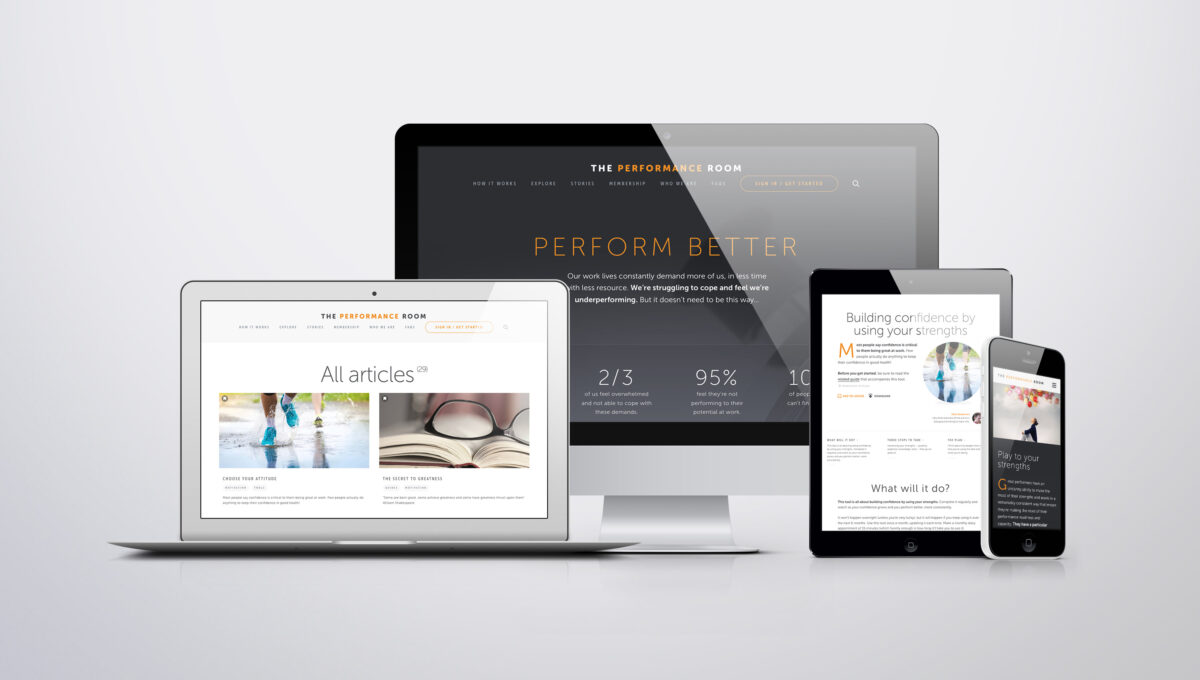Feedback is NOT the breakfast of champions!

Without a desire to improve and a bucket full of self-awareness, feedback is a redundant tool.
We see so many people wanting to experience the magic of feedback that evidently champions get by having it for breakfast.
We also see so many people frustrated by feedback because despite working on a ‘feedback culture’, people aren’t propelled to dizzying new heights of brilliance.
It’s time to end the frustration and get back to some basics about feedback to help you get the value out of it, without having to change your breakfast (that’s another kitbag!).
What goes on
The fundamentals of feedback
Feedback is at its best and most useful when the following are true:
- There’s an existing understanding of what has been built (how it’s been built too) and what needs to be worked on next. (A goal)
- There’s an understanding of what the desired level of performance looks like, so that it can be used as a reference point for feedback, and all those involved in the feedback process have the same ‘scorecard’. (A measure to feedback with)
- There’s a simple routine for setting up observation of performance and then sharing feedback about what’s been observed. (A method for sharing feedback)
With these things being true, it’s very easy to:
- Say what you’re intending to do that will influence or improve performance.
- Go and do what you’ve said you’re going to do with full focus.
- After you’ve done what you said you were going to do, you discuss amongst those of you who were ‘observing’, how well you did the thing that you wanted to get feedback on.
Whether it’s feedback within a specific moment in time, or over an extended period of performance, these simple guidelines apply. Most importantly, this approach means feedback becomes a conversation, not an inquisition!
Five Performance Truths
- Feedback requires an agreed focus in the first place, so that the feedback is about a shared ambition to learn and improve. So feedback begins with FEEDFORWARD – say what you’re going to do.
- Feedback works best when you stay focused on performance feedback. So, ignore results, if there’s been any and focus on giving feedback about the performance.
- Most people don’t include their own feedback to themselves as a critical part of the feedback gathering process. Not having your own feedback to yourself in the mix makes it much tougher to improve.
- Most people confuse feedback with criticism. Criticism usually happens when two people have unshared and differing views of what ‘good enough’ is and eventually one person’s view is shared with the other. This is poor collaboration, something that can’t be present if you’re really using feedback.
- Feedback is a regular conversation, not a once a year, one-way conversation between manager and performer. If you’ve gone more than 10 days without getting feedback from yourself or someone else, then you need to re-commit to your feedback process.
Three things to do
- Over the next 2 weeks, identify one element of your performance that you’re working on and establish your current level of performance and what the next level is you’re aiming for. Start giving yourself feedback using this scale.
- Identify a couple of people who are going to be involved in your regular feedback process and let them know the role you’d like them to play and get them ready to help you learn and develop.
- Ask your feedback team whether they’d like you to return the favour so you can begin creating your own high performance feedback partnership together!
Nasrin’s Story
Nasrin knew she was a people pleaser. As a result, any bit of feedback she got, she always wanted to act upon and pretty much immediately. The need to respond to every bit of feedback in order to please the donor of the feedback started to get overwhelming as she started in a new role and was even more eager to please than normal… “I have to show them I’m willing to learn and a quick learner at that for them to know they’ve made the right choice in me”, was pretty much the constant noise in Nasrin’s head.
Nasrin’s sense of being overwhelmed was starting to get on top of her. Worried that this might not be giving her the best chance of success, she sent a message through to us using the “Ask the expert” button. Quick as a flash (we like a speedy response), we replied with a couple of recommendations:
- Build a list of everything that’s already at a good level for you and contributed to you getting the new role.
- Take stock of what you’ve already learned and developed since you’ve been in the role.
- Based on everything that’s been shared with you so far, decide which 3 to 4 areas of development should be your focus for the next 4 weeks.
- Share these areas with the people who you work with most frequently and ask them to be ready to support you in developing those areas and giving you feedback on how you’re progressing.
- Resist the urge to add anything else to the list to work on, and simply stay focused on getting feedback around the most important areas.
Although not easy, Nasrin was able to use the idea to help to focus the feedback, take control of all of the feedback she was getting and work really effectively with the key people around her to act on the feedback rather than simply be a post-box for any bit of feedback on offer.
From a situation of drowning in feedback, Nasrin was able to start using feedback to help, rather than confuse. It’s never easy, but when you collaborate with those around you to get value from feedback in a high performance way, the effort really is worth it.

